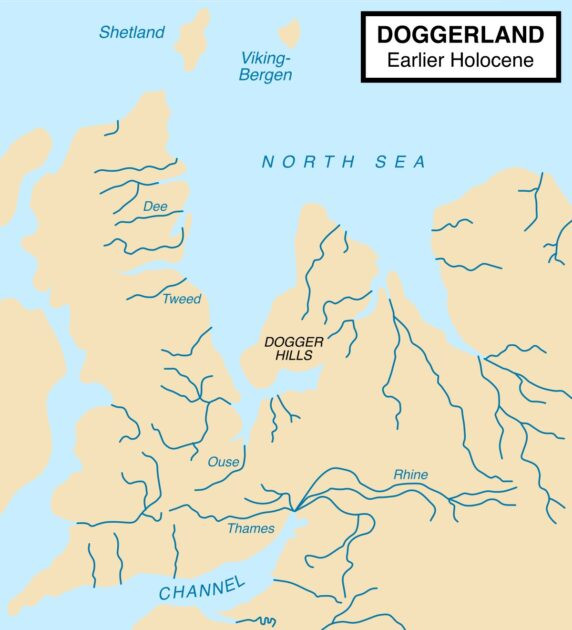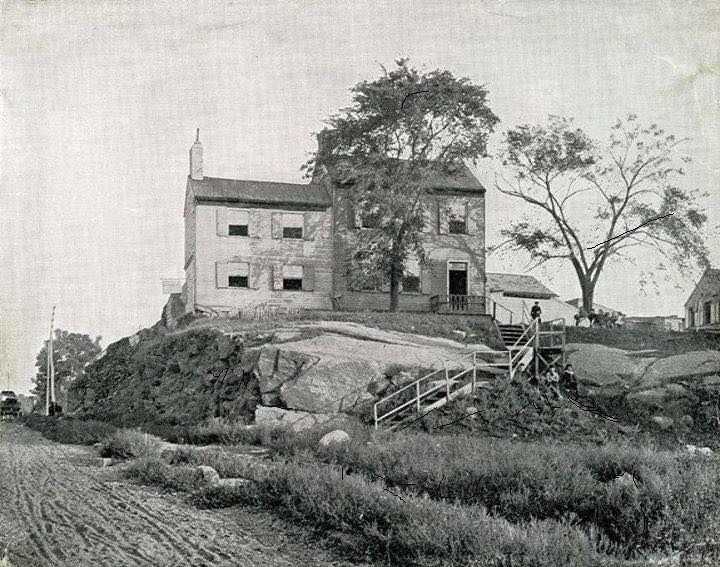Doggerland: The Long Lost Land of Ancient Europe

Once upon a time, where the North Sea gently laps against the shores of modern-day Europe, there existed a vast and verdant land known as Doggerland. This long-lost landmass, now submerged beneath the waves, was once home to ancient peoples, teeming wildlife, and a landscape that bore witness to the ebb and flow of human civilization.
The Rise of Doggerland
Doggerland, named after the Dogger Bank, a large sandbank in the North Sea, emerged at the end of the last Ice Age, approximately 10,000 years ago. As the glaciers melted and sea levels rose, what was once a continuous stretch of land connecting the British Isles to mainland Europe gradually became inundated by the encroaching waters. This process, known as post-glacial sea-level rise, ultimately submerged Doggerland beneath the North Sea, transforming it into a submerged landscape.
Life in Doggerland
Despite its watery fate, Doggerland thrived as a hub of human activity for millennia. Archaeological evidence suggests that ancient hunter-gatherer communities inhabited this fertile land, exploiting its rich resources for sustenance and shelter. These early inhabitants roamed the vast plains and forests, hunting game, gathering berries, and crafting tools from the materials provided by their natural surroundings.
As the centuries passed, Doggerland evolved into a bustling center of trade and commerce, with its inhabitants engaging in maritime activities and exchanging goods with neighboring regions. The presence of ancient artifacts, such as pottery shards and stone tools, attests to the vibrant cultural life that once flourished in this now-submerged realm.
The End of an Era
The demise of Doggerland was not a sudden event but rather a gradual process spanning thousands of years. Rising sea levels, coupled with seismic activity and shifting landmasses, eventually led to the submergence of this once-thriving landscape. By around 6,500 BCE, Doggerland had largely disappeared beneath the waves, leaving behind only scattered fragments of its former existence.
Rediscovering Doggerland
While Doggerland may have vanished from the surface of the Earth, its memory lives on through the efforts of modern archaeologists and researchers. Using advanced technologies such as sonar mapping and underwater excavation, scientists have pieced together a clearer picture of this submerged world, unraveling its mysteries and shedding light on the lives of its ancient inhabitants.
The discovery of prehistoric artifacts, submerged forests, and even remnants of ancient human settlements has provided valuable insights into the cultural, ecological, and geological history of Doggerland. These findings have not only expanded our understanding of ancient European civilizations but also underscored the profound impact of climate change and environmental shifts on human societies throughout history.
The Legacy of Doggerland
Though Doggerland may have vanished beneath the waves, its legacy endures as a testament to the resilience of human civilization in the face of environmental change. By studying the lost land of Doggerland, we gain a deeper appreciation for the interconnectedness of past and present, and the profound ways in which our actions shape the world around us.
As we continue to explore the mysteries of Doggerland and unravel the secrets hidden beneath the waves, we are reminded of the fragility of our planet and the importance of preserving its natural wonders for future generations. In the story of Doggerland, we find not only a tale of a lost land but also a timeless lesson about the enduring power of human curiosity and the inexorable march of time.




